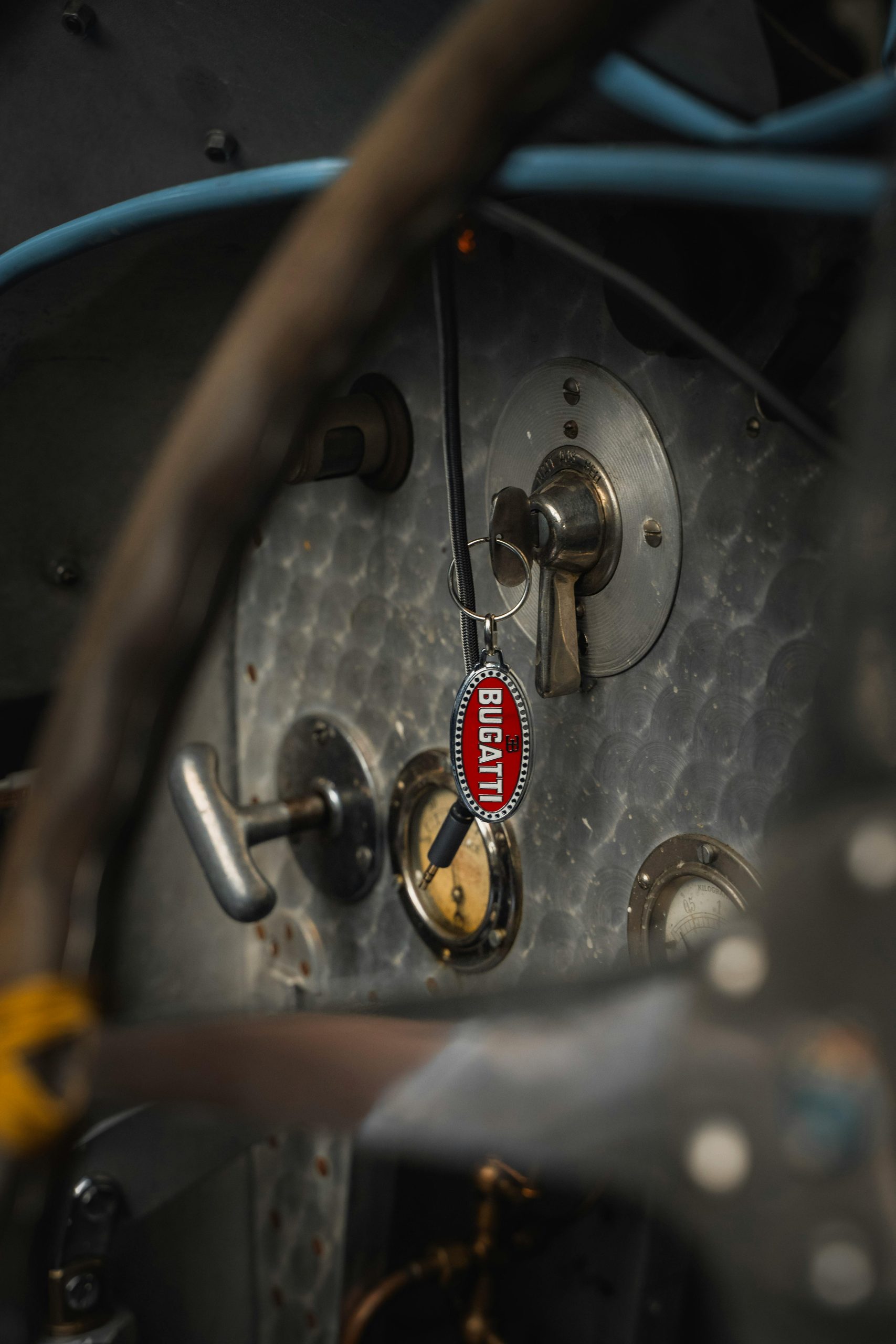Artemis Program – Why the moon-landing mission is delayed



Stepping into the cosmos again is a poetic ambition – but as with all grand plans, the details bite. Here’s what’s really slowing the return to the Moon, stripped of fluff and in a forward-looking mindset.
1. Technical challenges with the crew capsule
One of the biggest impediments is the hardware meant to carry people safely – especially the Orion spacecraft capsule.
- During the uncrewed Artemis I flight, the heat-shield experienced unexpected material loss on re-entry: some charred pieces broke off. (The Times of India)
- Investigation revealed: “while the capsule was dipping in and out of the atmosphere … heat accumulated inside the heat-shield outer layer, leading to gases forming and becoming trapped … [causing] cracking and uneven shedding.” (Space)
- Because of this, the trajectory of re-entry for upcoming missions must be altered, and additional testing is needed before astronauts fly. (CBS News)
- That means the calendar has to yield to safety and reliability. The target for the first crewed flight around the Moon (Artemis II) is now around April 2026, and the lunar landing mission (Artemis III) is “mid-2027 at the earliest.” (Space)
Why it matters for you (SEO/coding parallel): Just like a website with glitches or insecure code can’t launch to live traffic safely, a spacecraft with material defects or unresolved trajectory risks can’t launch with humans on board. Patience for fixes now avoids catastrophe later.
2. Development of the landing system and spacesuits
Getting astronauts to orbit the Moon is only half the battle; landing them and having them walk is even more complex.
- The “Human Landing System” (HLS) under contract to SpaceX (with its massive Starship variant) is behind schedule. The Government Accountability Office (GAO) warns that HLS progress jeopardises the 2025 landing goal. (SpaceNews)
- New lunar-suitable spacesuits, surface tools, life-support systems: all still under development. The GAO flagged these as additional risk factors. (The Washington Post)
- There’s also the interplay of many contractors, interfaces, and new systems – all increasing complexity.
Takeaway (for your world): In SEO/tech terms, this is like launching a new large-scale product: the front-end might be ready but the backend, integrations, user experience, and third-party modules still need months of QA. Better to launch late and solid than early and broken.
3. Ambitious schedule + budget constraints
The original timelines were extremely optimistic given the scope.
- In 2021 the auditor’s office already reported that the programme was likely to overshoot the 2024 goal by years and was under-estimating costs. (euronews)
- Funding and resources aren’t unlimited. The more you assault the schedule, the more risk accumulates.
- Large programs with many moving parts often face “first-time” development challenges that are hard to predict in advance. (CBS News)
Forward-thinking angle: Just like SEO campaigns need realistic milestones and budgets – you can’t guarantee page one overnight if you’re also re-writing the entire site, migrating CMS, and changing taxonomy. Align ambition with resources and risk.
4. Integration & supply-chain/contractor risks
When many systems must interlock, delays in one ripple through the rest.
- The HLS relies on other systems (propellant transfer, rendezvous, landing) and several of these subsystems are behind. (The Washington Post)
- The complexity of assembling multiple new vehicles (rocket, capsule, lander, suits) and then testing them all together adds schedule risk.
- Software, manufacturing tolerances, testing – each has to meet high safety standards.
Coding/SEO metaphor: Think of launching a big web platform where modules from different vendors must talk to each other. If the API from one vendor is late or buggy, the deployment stalls. It’s better to delay than deploy a broken user flow.
5. Safety first (and rightly so)
At the base of all the delays is the uncompromising priority of astronaut safety.
“Safety is our top priority … we will launch when we’re ready.” – Bill Nelson, NASA Administrator (Space)
They’re not just going for “making it to the Moon”, but doing it under much more rigorous standards than in the 1960s-70s era.
So – What’s the new horizon then?
- Artemis II (crew around the Moon, no landing): No earlier than April 2026. (The Washington Post)
- Artemis III (first lunar landing under this program): Likely mid-2027 or later. The GAO suggests it could slip even further. (SpaceNews)
What to watch going forward
- Fixes to Orion’s heat shield and results of re-entry tests.
- Progress of the HLS (Starship lander) – key milestone.
- Spacesuit development and surface operations testing.
- Budget and contractor performance updates; any funding shortfalls = more delay.
- Announcements from NASA or GAO reports indicating further slips.
Beauty in this is two-fold: one, the Moon landing is still very much on the cards; two, the focus on doing it right means when it happens, it’ll be a safer, more sustainable step for the future (Mars, lunar bases, etc.). In your realm of SEO and coding, the analogy holds: better to build a robust, scalable system than rush a brittle one that fails under load.
What Sort of Problems will the Van Allen Belt Bring?
Ah, the Van Allen Belts — those invisible, electrified rings hugging Earth, a beautiful hazard zone. If we want to land on the Moon or go beyond, understanding them is essential. Let’s break it down methodically and poetically.
1. What the Van Allen Belts are
- Two main layers of trapped charged particles: an inner belt (mostly protons) and an outer belt (mostly electrons).
- They are held by Earth’s magnetic field, forming radiation zones thousands of kilometers above Earth’s surface.
- They’re invisible, deadly to unprotected humans, and can fry electronics if you linger.
2. Problems they bring to space missions
A. Radiation exposure for astronauts
- Inner belt: high-energy protons, dangerous to cells and DNA.
- Outer belt: electrons, more diffuse but still capable of causing radiation sickness.
- Effect: Extended time inside belts can increase cancer risk and cause acute radiation effects.
- Mitigation: Fast transit through the belts, shielding in spacecraft (thick walls, water, or specialized polymers).
- The Apollo missions solved this by taking a trajectory that crossed the belts quickly at a narrow angle.
B. Electronics damage
- High-energy particles can penetrate spacecraft and induce single-event upsets (SEUs), flipping bits, crashing systems.
- Modern electronics are more sensitive than Apollo-era gear. Extra shielding, radiation-hardened chips, and redundant systems are mandatory.
C. Communication interference
- Trapped charged particles can disturb radio signals and navigation systems.
- Spacecraft may need error-correcting communication protocols and planned windows for data transmission.
D. Thermal and structural effects
- High-energy radiation can slowly degrade materials, darkening plastics or weakening polymers over time.
- Solar activity can swell the belts, temporarily increasing radiation levels, which complicates mission planning.
3. Strategic considerations for Moon missions
- Trajectory planning: Fly through the belts quickly along the thinnest path.
- Timing: Avoid solar storms; belts intensify with solar activity.
- Shielding design: Place crew modules within protective layers of fuel or water to absorb radiation.
Bottom line
The Van Allen Belts aren’t a permanent stop; they’re a hazard corridor. Treat it like crossing a stormy river: plan the path, build the right raft, and move fast. Miscalculation risks both crew health and mission electronics.
For Artemis and future Moon missions, the key is trajectory optimization + shielding + redundancy. If we want to go further, to Mars, we’ll have to take these lessons and amplify them — Mars transit means months in open space, not hours through a belt.



